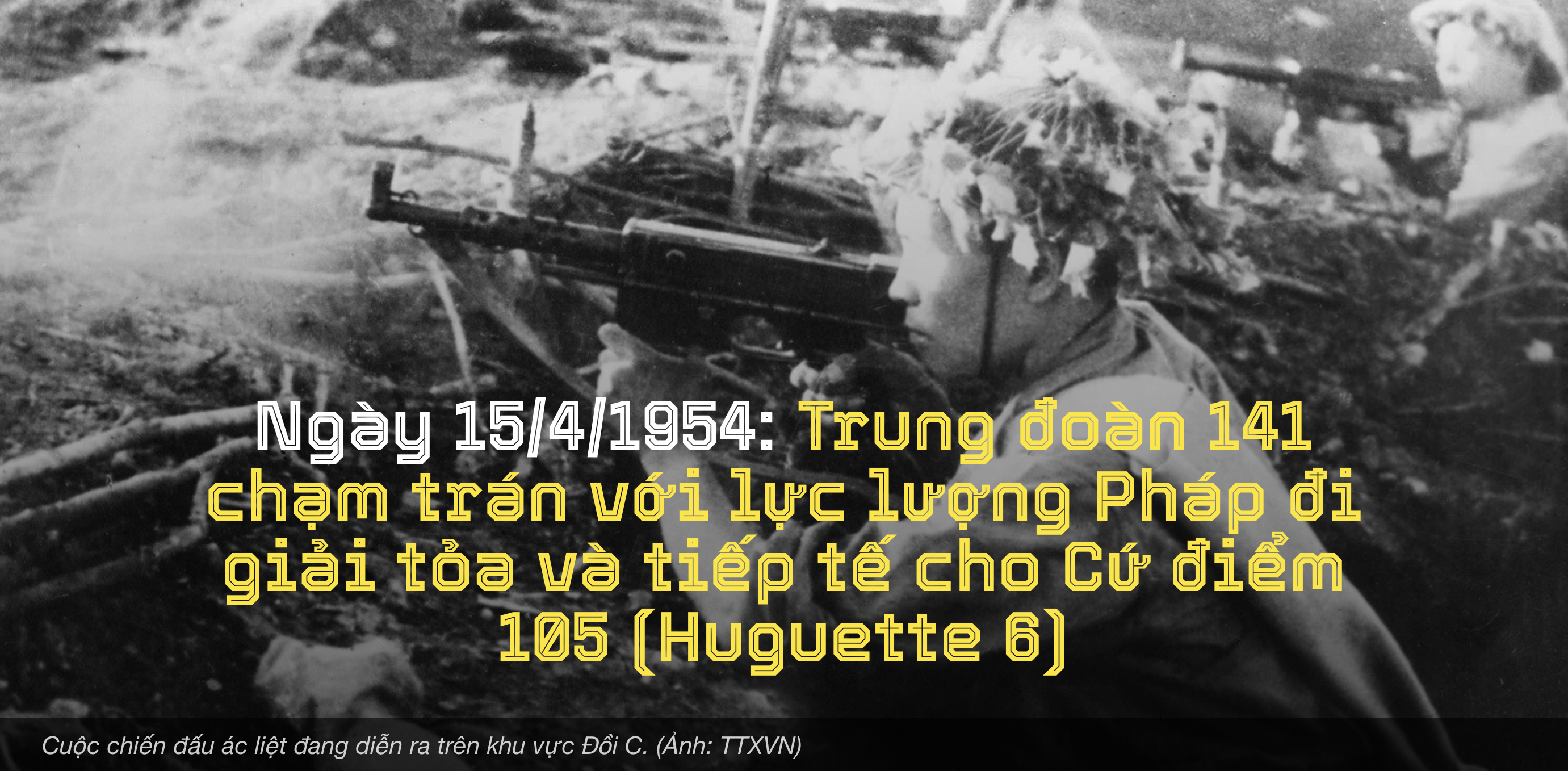
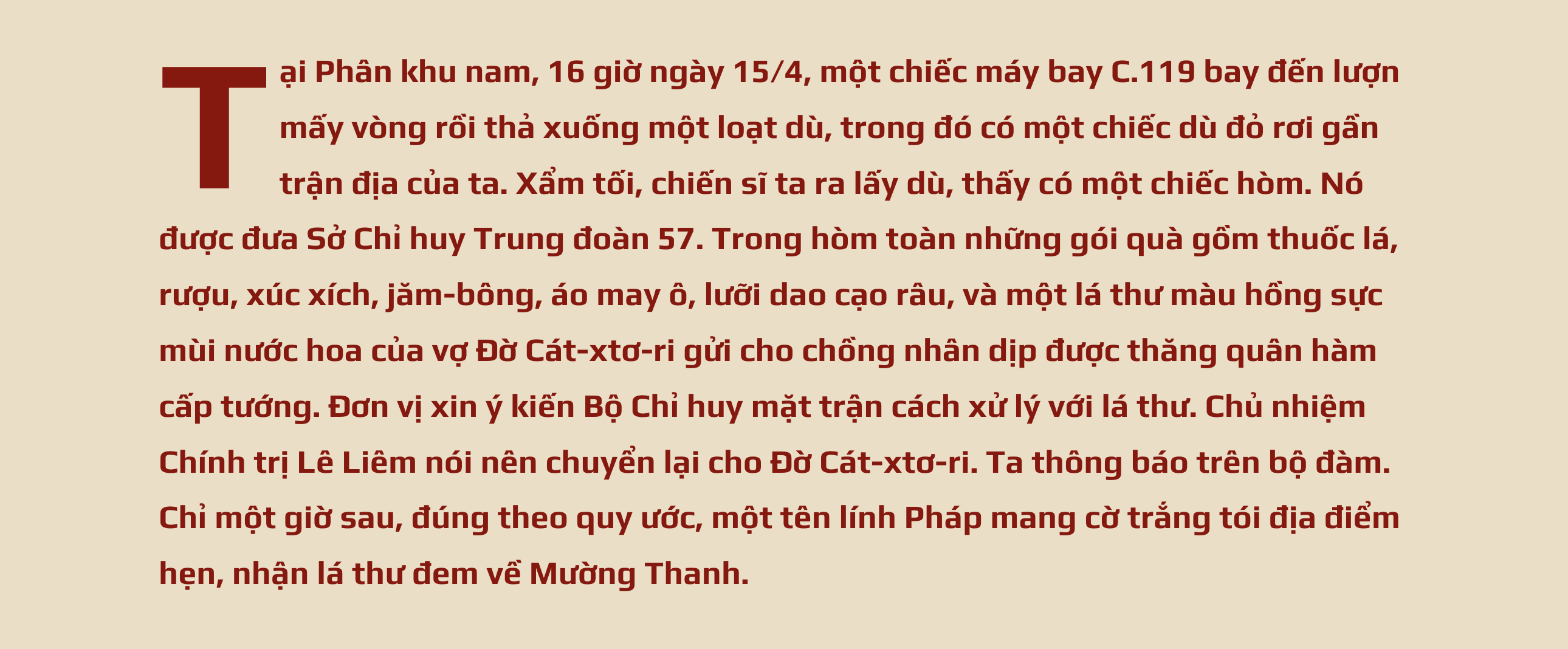 Around the Hong Cum stronghold, soldiers with rifles, machine guns, artillery, and mortars of all sizes were ready to wait for the enemy to appear. After being fooled by us many times, the enemy did not dare to move or raise their heads above the trenches during the day. Our soldiers crawled through the fences and planted flags, waiting for the soldiers to crawl out and pull out the flags before opening fire. The enemy left the flags flying in the stronghold. Every time they went to collect parachutes, the enemy had to organize it like a battle with tanks accompanying them and artillery firing in coordination. In the direction of Muong Thanh field, on the night of April 15, the trenches of the 88th Regiment in the west and the trenches of the 141st Regiment in the east both crossed the fences five times to enter the airport. The important battle to destroy the Resistance Center protecting Muong Thanh airport began without any artillery preparation or warning signs. Realizing that Muong Thanh airport was in danger of being cut in half, and that Base 105 (Huguette 6) at the northern end of the airport was about to be destroyed, half of Muong Thanh airport, accounting for 1/5 of the base area, would fall into our hands, De Castries ordered Lange-le to immediately proceed to clear the airport, first of all to supply Base 105 in the distance which was tightly surrounded. Then Lange-le mobilized three airborne battalions No. 1, No. 2 and No. 6 to launch an operation to clear and supply Base 105. At that time, the legionnaires at this base not only lacked ammunition, but also lacked drinking water. At dawn on April 15, the enemy troops who were on their way to clear the area encountered the trenches of the 141st Regiment at the airport. The battle lasted for four hours before the way was opened for the porters to bring supplies to Base 105. At the start, there were 35 water carriers, but when they arrived at the station, there were only 7 people and 5 buckets of water left. The soldiers in the station had to share the water sparingly, each person was only given one bucket of water a day in the very hot weather.
Around the Hong Cum stronghold, soldiers with rifles, machine guns, artillery, and mortars of all sizes were ready to wait for the enemy to appear. After being fooled by us many times, the enemy did not dare to move or raise their heads above the trenches during the day. Our soldiers crawled through the fences and planted flags, waiting for the soldiers to crawl out and pull out the flags before opening fire. The enemy left the flags flying in the stronghold. Every time they went to collect parachutes, the enemy had to organize it like a battle with tanks accompanying them and artillery firing in coordination. In the direction of Muong Thanh field, on the night of April 15, the trenches of the 88th Regiment in the west and the trenches of the 141st Regiment in the east both crossed the fences five times to enter the airport. The important battle to destroy the Resistance Center protecting Muong Thanh airport began without any artillery preparation or warning signs. Realizing that Muong Thanh airport was in danger of being cut in half, and that Base 105 (Huguette 6) at the northern end of the airport was about to be destroyed, half of Muong Thanh airport, accounting for 1/5 of the base area, would fall into our hands, De Castries ordered Lange-le to immediately proceed to clear the airport, first of all to supply Base 105 in the distance which was tightly surrounded. Then Lange-le mobilized three airborne battalions No. 1, No. 2 and No. 6 to launch an operation to clear and supply Base 105. At that time, the legionnaires at this base not only lacked ammunition, but also lacked drinking water. At dawn on April 15, the enemy troops who were on their way to clear the area encountered the trenches of the 141st Regiment at the airport. The battle lasted for four hours before the way was opened for the porters to bring supplies to Base 105. At the start, there were 35 water carriers, but when they arrived at the station, there were only 7 people and 5 buckets of water left. The soldiers in the station had to share the water sparingly, each person was only given one bucket of water a day in the very hot weather. 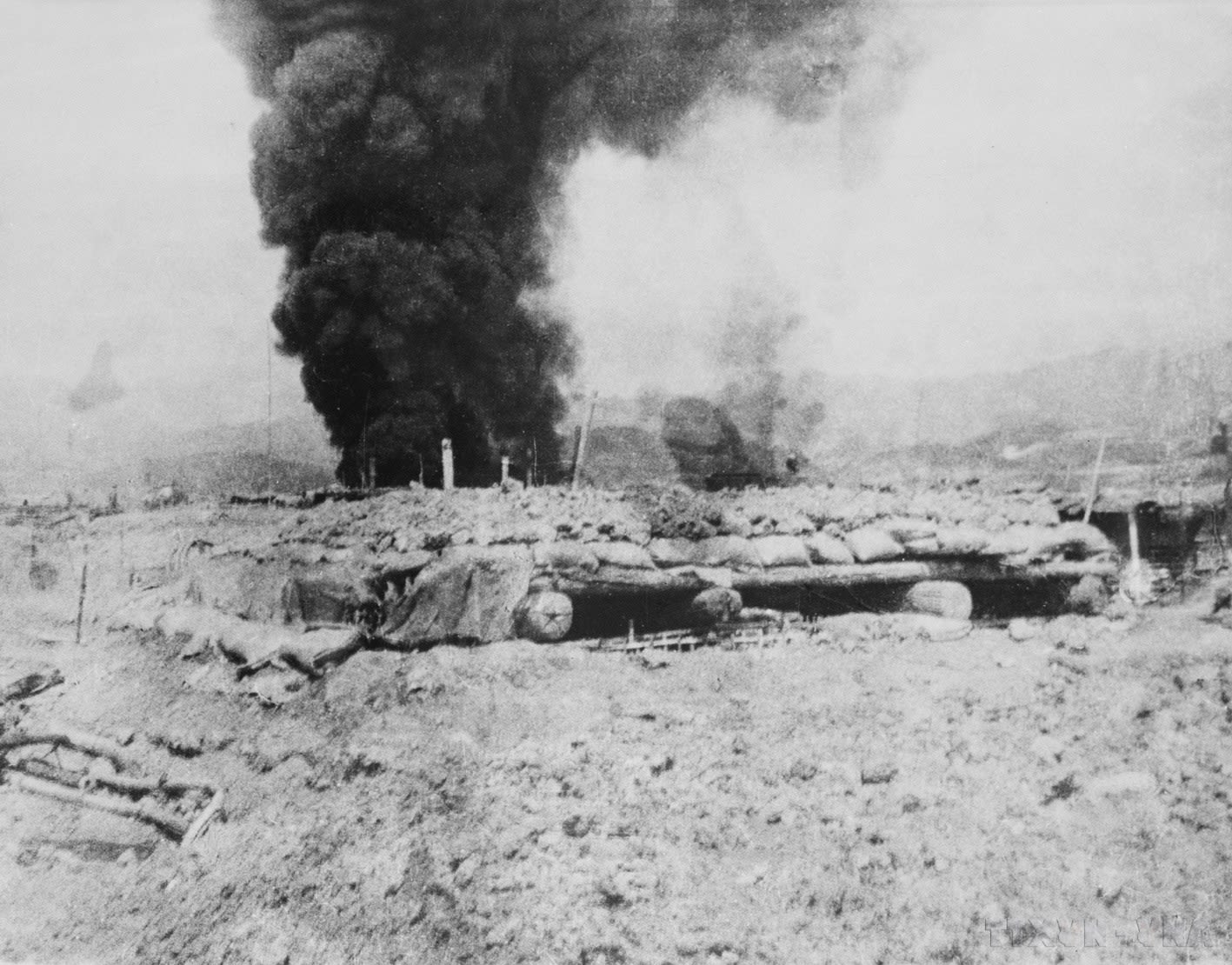
Our artillery units continued to shell enemy positions. Enemy positions hit by artillery shells are on fire. (Photo: VNA)
The plan for the operation codenamed “Condor” was postponed for the second time. Conhi gave the reason that the Dien Bien Phu base needed priority in supplies, not to mention that the military situation in the Northern Delta was also very difficult and that three more parachute battalions had to be sent there. Also from April 15, with the increased intensity of air support for Dien Bien Phu, all available means had been used up, so the “Codor” operation could no longer be carried out. In the coordinated battlefields: On April 15, 1954, in Hai Duong , Company 923 of Kinh Mon district attacked the Chua Hang position, killing and capturing 35 enemies.[ 1 ]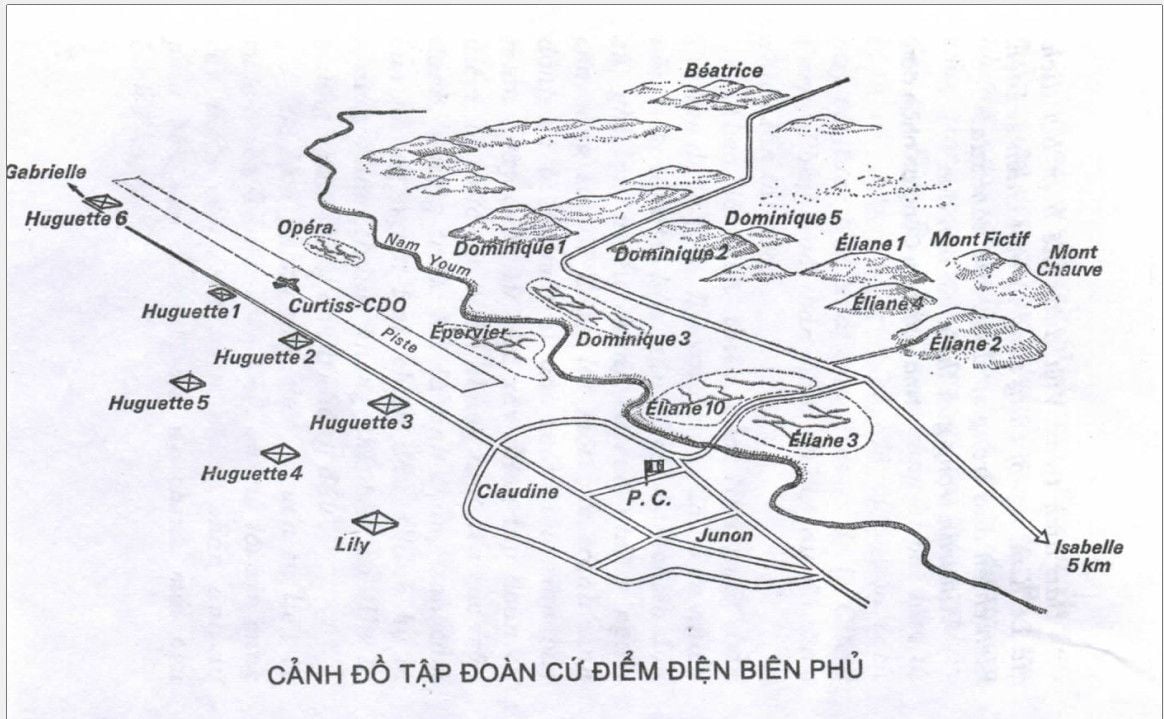
Map of Dien Bien Phu stronghold. Source: Erwan Bergot, Dien Bien Phu: 170 days and nights of siege, translated by Le Kim, CAND Publishing House and Phuong Nam Cultural Company, Hanoi , 2003

Trench digging is one of the secrets for our troops to tighten the siege, attack the enemy suddenly and quickly. The stories of trench digging are told in the book "Dien Bien Phu Victory Chronicle", published by the People's Army, edited by Tran Do. "On the night of April 15, 1954, soldiers of the Dam Ha regiment brought hoes and shovels to enter the airport. Company Commander Bang led the intelligence soldiers across a very wide trench, which was a drainage ditch along the airport, and was also a trench used by the enemy for troop maneuvers. The next morning, it was not until the early morning mist had cleared that the enemy discovered our actions. But the trench had been dug into the fourth fence. They brought out tanks and infantry to retake the position, but our defending troops fought them back. The fighting lasted all day.
That night, the enemy fired fiercely at our trench head at the fourth fence. The soldiers who went up to dig the battlefield were wounded and killed several times. Deputy Battalion Commander Nguyen Van Thuan tried every way to overcome the difficulties and continued to push the trench forward. He resolutely sent his troops deep inside, then dug back out from there. When the enemy discovered this, our trench head had connected with the enemy trench running along the airport and the soldiers of Dam Ha saw the silhouettes of friendly soldiers looming in the west, behind the wrecks of two enemy planes. From then on, a new location appeared on the battle map at the front: Dam Ha intersection. Dam Ha intersection was mentioned many times in the daily battle report. That was where the trenches of the Dam Ha unit dug to cut off the enemy's trenches at the airport. We and the enemy fought fiercely at this intersection. For the enemy, losing this intersection meant leaving the airport cut off. For us, not taking this intersection means failing to carry out the mission of cutting off the airport.”


Nhandan.vn
Source



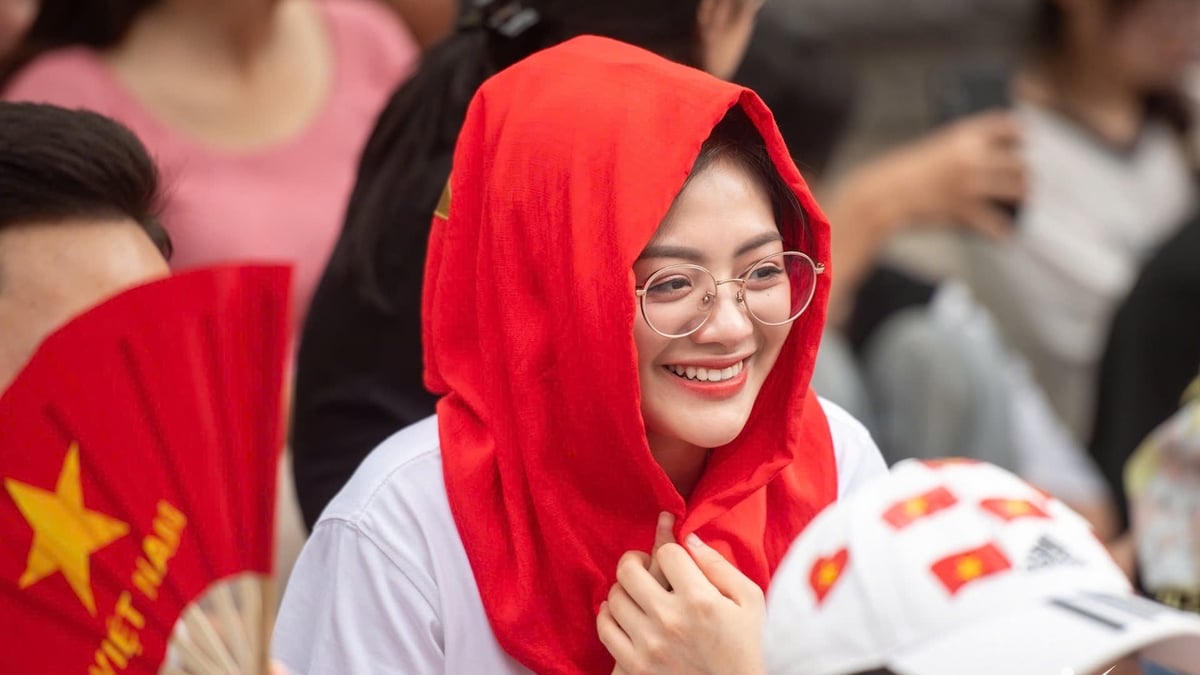
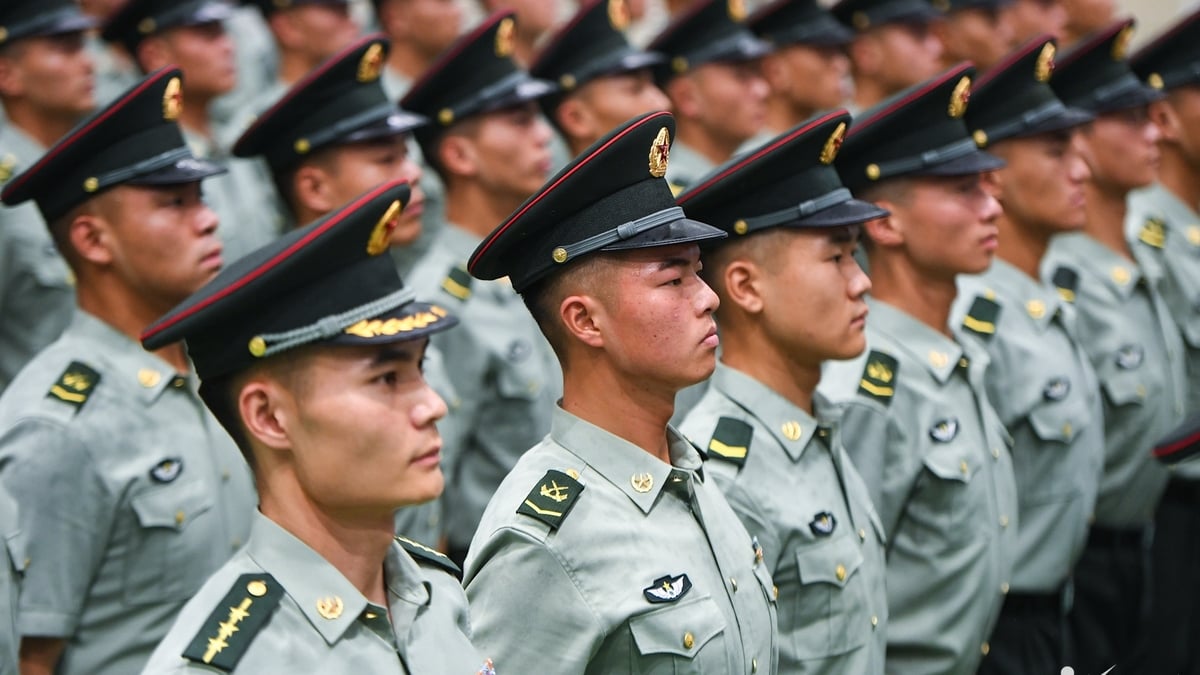
![[Photo] President Luong Cuong receives Speaker of the New Zealand Parliament Gerry Brownlee](https://vphoto.vietnam.vn/thumb/1200x675/vietnam/resource/IMAGE/2025/8/29/7accfe1f5d85485da58b0a61d35dc10f)
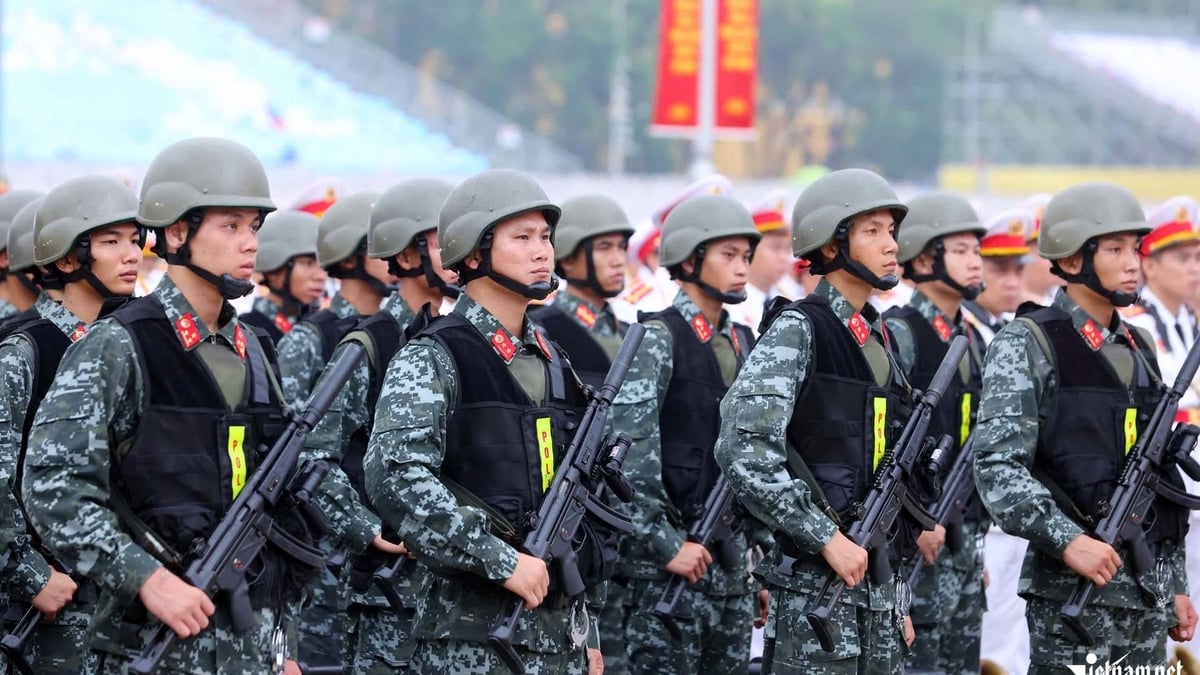
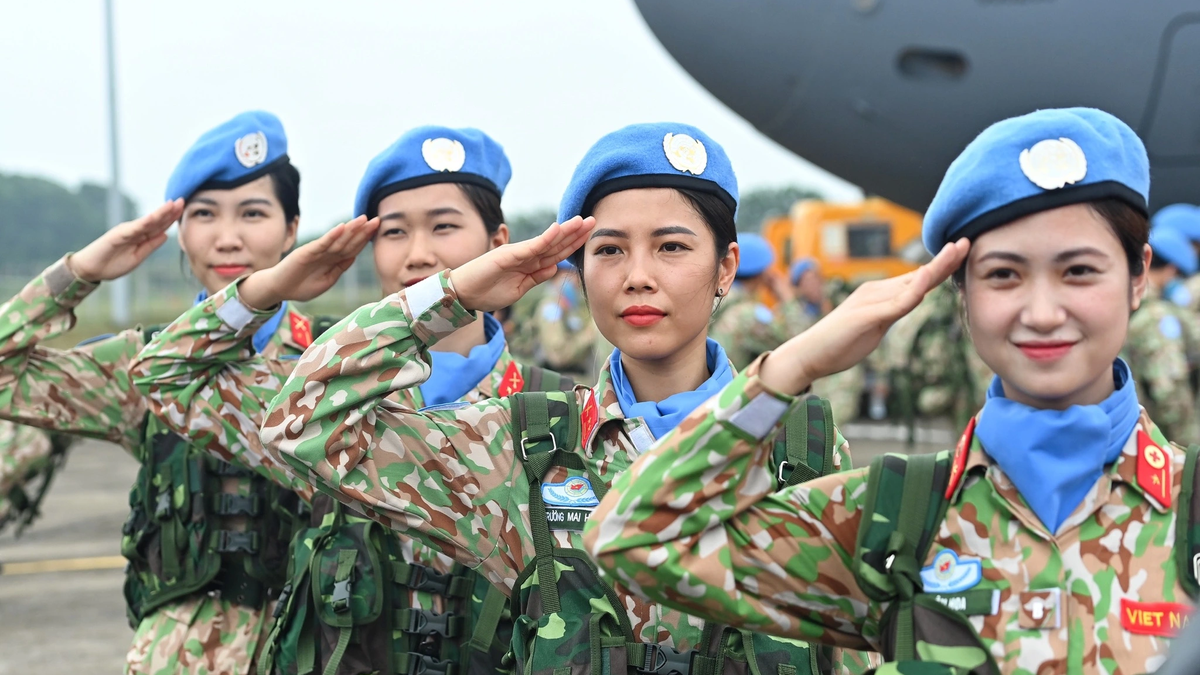
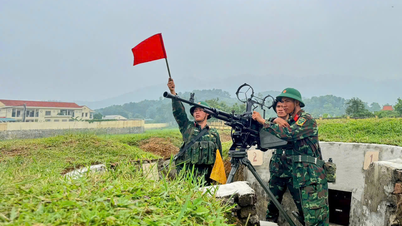

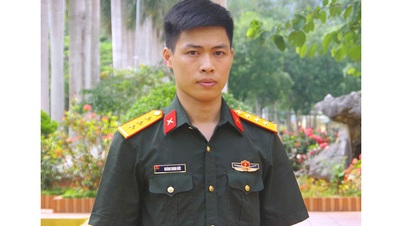
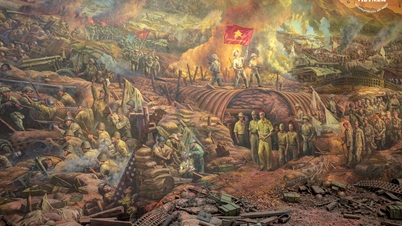












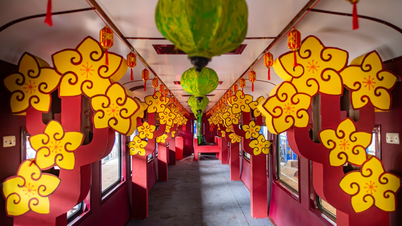

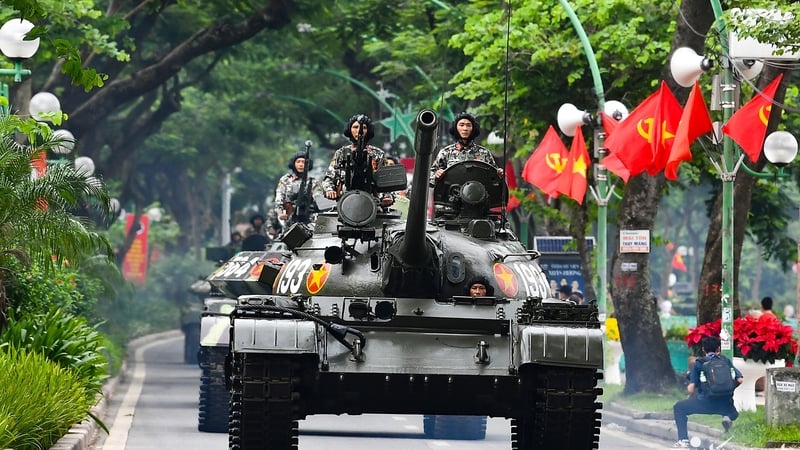




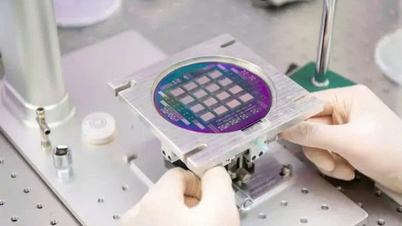
![[Infographic] Things to note when going to see the National Day Celebration, Parade, and March on September 2](https://vphoto.vietnam.vn/thumb/402x226/vietnam/resource/IMAGE/2025/8/30/c1410b9e0e264455bc725895c58455d2)
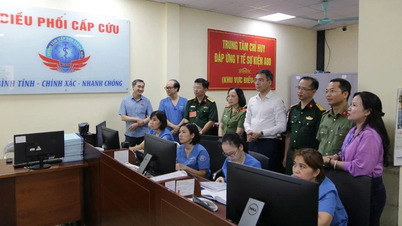


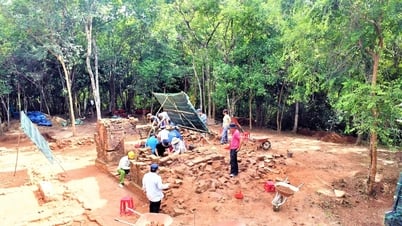


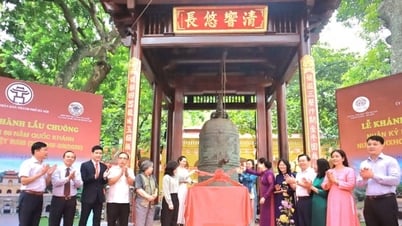

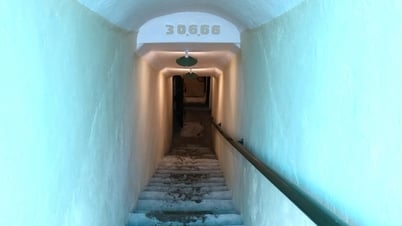

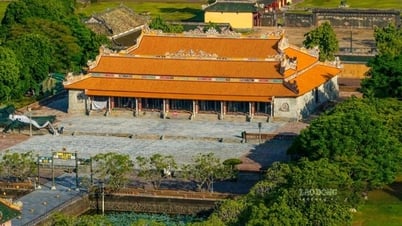
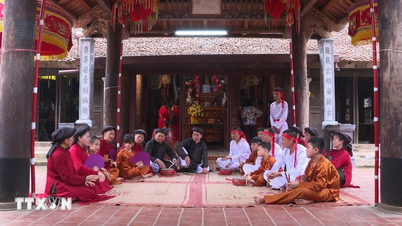

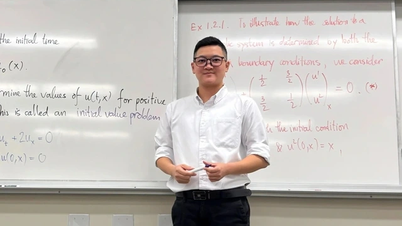
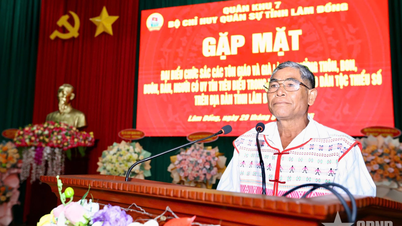
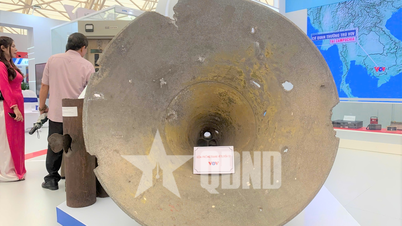


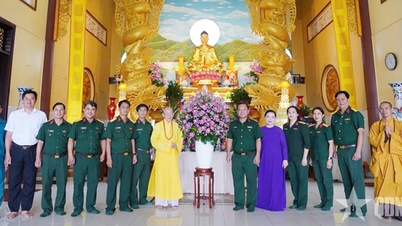
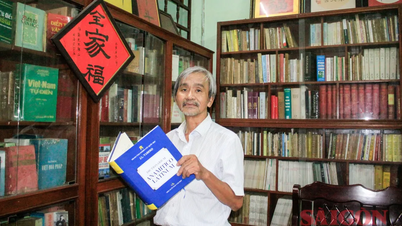





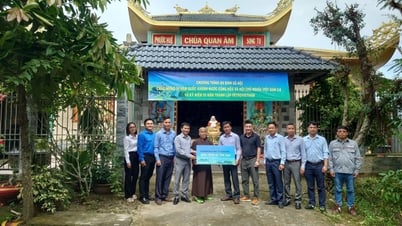


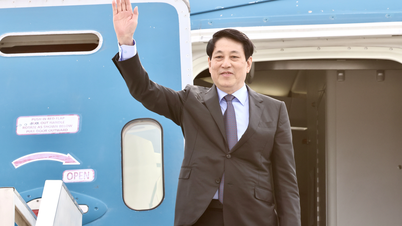
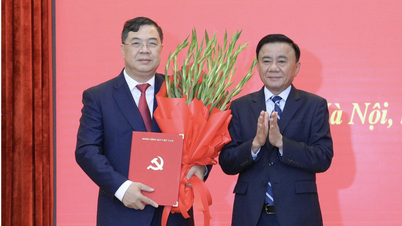

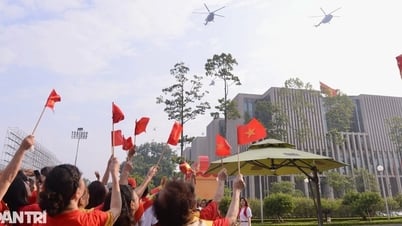

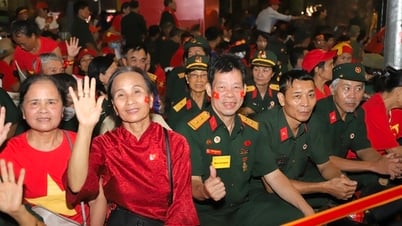





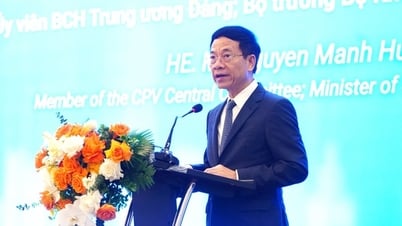
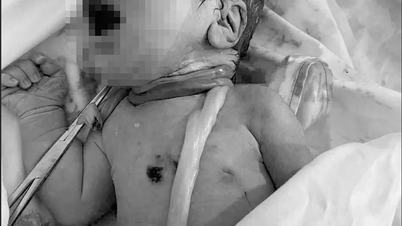

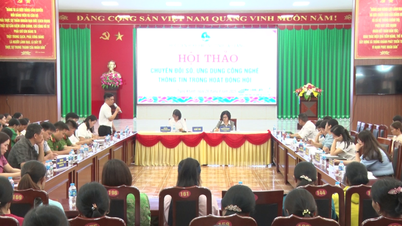



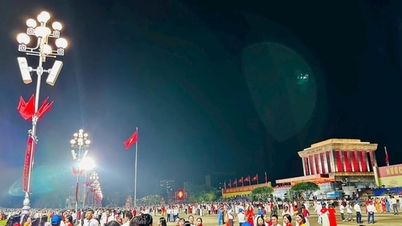




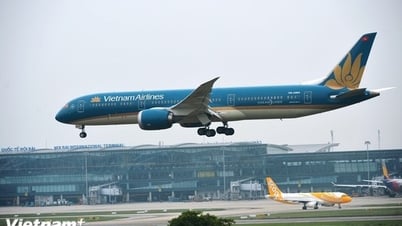










Comment (0)